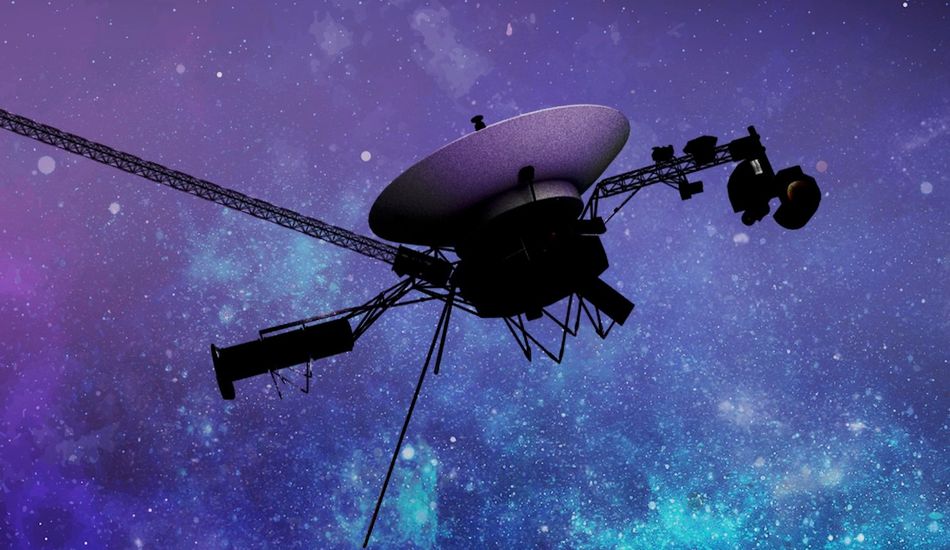
NASA Revives Voyager 1's Dormant Thrusters
NASA engineers have achieved a remarkable feat, successfully reactivating a set of dormant thrusters on the Voyager 1 spacecraft after two decades of inactivity. This accomplishment represents a crucial step in extending the mission's lifespan, especially considering an upcoming period of radio antenna upgrades.
The Challenge of Interstellar Travel
Launched in 1977, Voyager 1 has journeyed to the edge of our solar system and into interstellar space. The spacecraft's orientation, critical for communication with Earth, relies on a system of thrusters. When the primary roll thrusters failed in 2004 due to heater malfunctions, the mission transitioned to backup systems.
The recent antenna upgrades in the Deep Space Network presented a significant risk. With communication temporarily unavailable, the backup thrusters could fail, causing a potentially catastrophic situation. Therefore, reactivating the primary thrusters became a top priority, securing Voyager 1's continued operation.
A Calculated Risk, A Rewarding Outcome
The engineers hypothesized that a circuitry issue, rather than complete thruster failure, caused the initial malfunction. Their targeted approach involved carefully adjusting the power supply to the heaters. This meticulous work, after weeks of meticulous testing and calculations, led to the successful re-ignition of the primary thrusters on March 20.
This achievement not only extends the Voyager 1 mission but also demonstrates the ingenuity and dedication of the team. The continued operation of this groundbreaking probe promises valuable insights into interstellar space for years to come. Its future is still uncertain, with each passing year bringing more challenges. The spacecraft relies on dwindling power from decaying plutonium, and only essential systems are currently active. Despite these limitations, the Voyager mission is expected to continue into the 2030s, continuing its journey into the vast expanse of space.
Source: Gizmodo